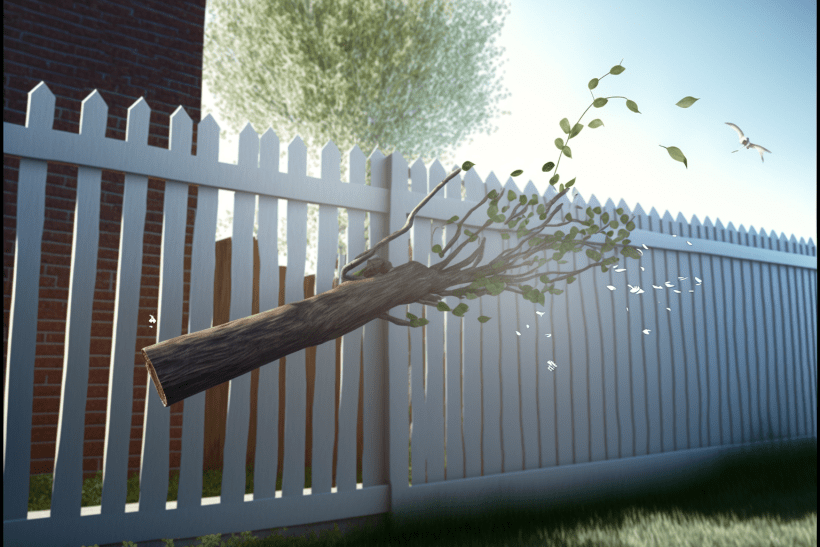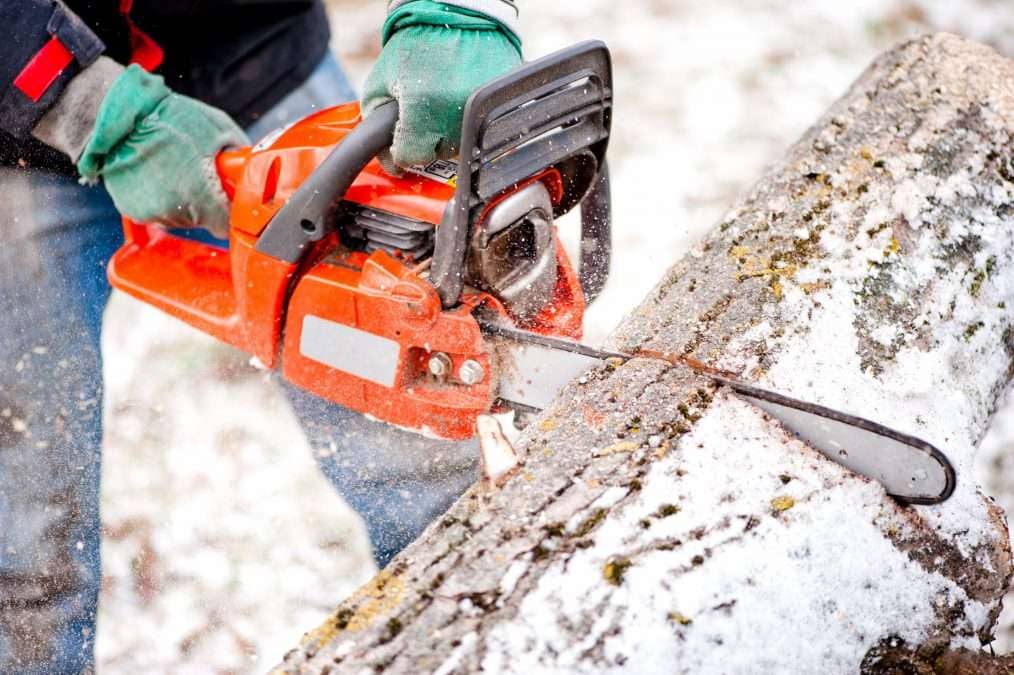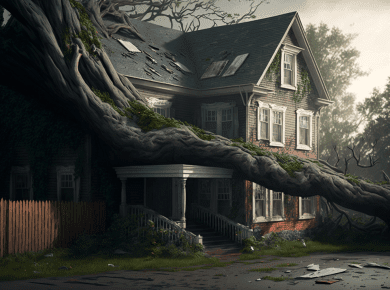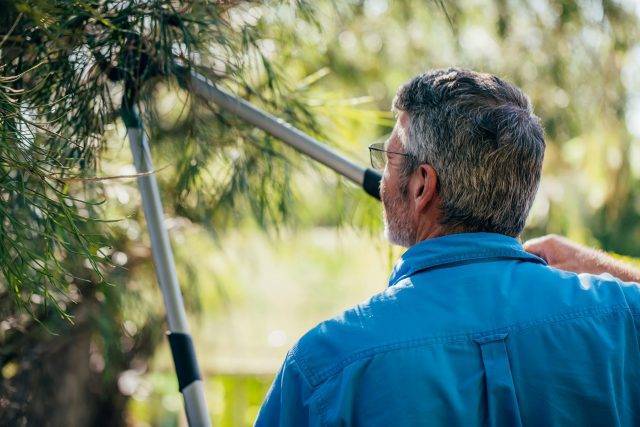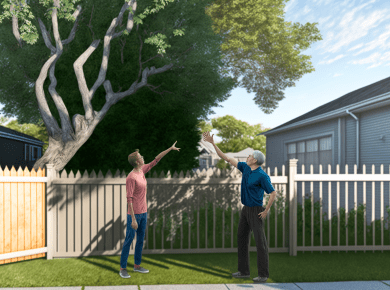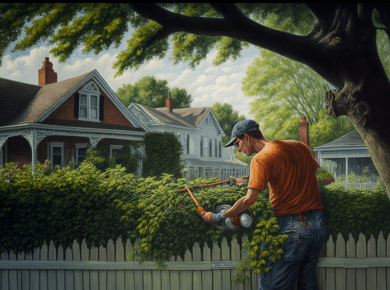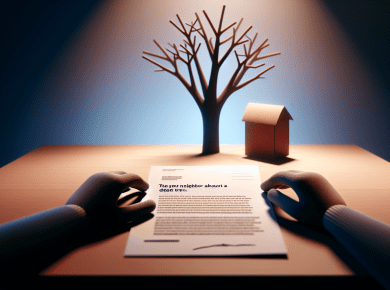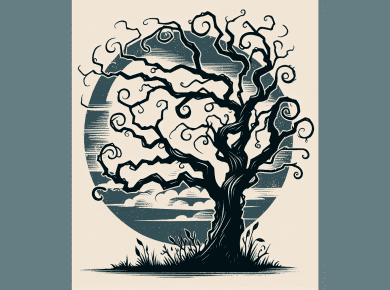Table of Contents
Before taking any action, it’s important to understand your rights and responsibilities as a property owner.
If the branches are causing damage or obstructing access to your property, you may have the right to remove them. Throwing your neighbor’s tree limbs back into your neighbor’s yard without their consent could lead to a negative relationship and potentially even legal consequences.
If you need to remove the branches, consider hiring a professional tree service to handle the job. This will ensure that the branches are removed safely and responsibly. It may also be a good idea to consult with a legal expert to understand your rights and obligations in this situation.
Ultimately, the best way to handle the situation is to communicate with your neighbor and work together to find a solution that benefits both parties.
Overhanging and trimming tree branches
Fallen tree branches from a neighbor’s property can cause a headache for homeowners. While it’s tempting to simply throw the branches back over the fence, there are important legal considerations to take into account.
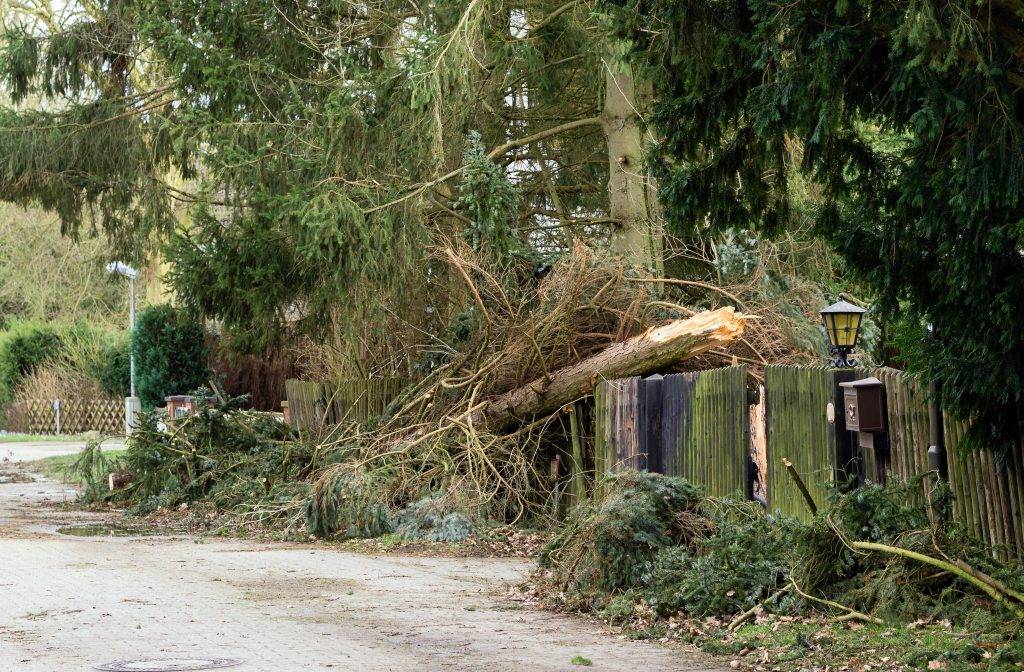
Property Lines and Trespass Laws for Trees and Tree Branches
If the branches have fallen on your property, you may be within your rights to remove them. However, it’s important to check your local laws and consult with an attorney before taking action.
Negotiating with Your Neighbor
Instead of resorting to legal action, it’s often best to try and negotiate with your neighbor. This can be as simple as a friendly conversation, or you may need to involve a mediator to help resolve the issue.
Hiring a Tree Service
In some cases, it may be necessary to hire a professional tree service to remove the branches. This can be especially important if the branches are large or pose a safety risk. A tree service can help you assess the situation and provide a quote for removal.
Prevention is Key
The best way to avoid disputes over fallen tree branches is to take steps to prevent them from happening in the first place. This can include regular tree maintenance and inspections, as well as proper pruning and trimming to minimize the risk of branches falling.
Dealing with fallen tree branches from a neighbor’s property can be a challenging situation, but there are steps you can take to resolve the issue.
By understanding your legal rights, negotiating with your neighbor, hiring a tree service, and taking preventative measures, you can help ensure that your property and your neighbor’s property are protected.
Legal Considerations for Throwing Your Neighbor’s Leaves and Branches Back
If you’re thinking about throwing your neighbor’s leaves and branches back, you should be aware of the legal considerations involved. Depending on where you live, there may be local laws that regulate the removal and disposal of trees and branches.
Additionally, if you cause any damage to your neighbor’s property while throwing their leaves and branches back, you could be held liable.
Negotiating a Solution with Your Neighbor
Before taking any actions that could potentially cause damage or harm, it’s always a good idea to try and negotiate a solution with your neighbor. This can help to resolve the issue in a peaceful and amicable manner. You might consider speaking with your neighbor and discussing the impact their trees are having on your property, and see if there is a way for them to take action to prevent it from happening in the future.
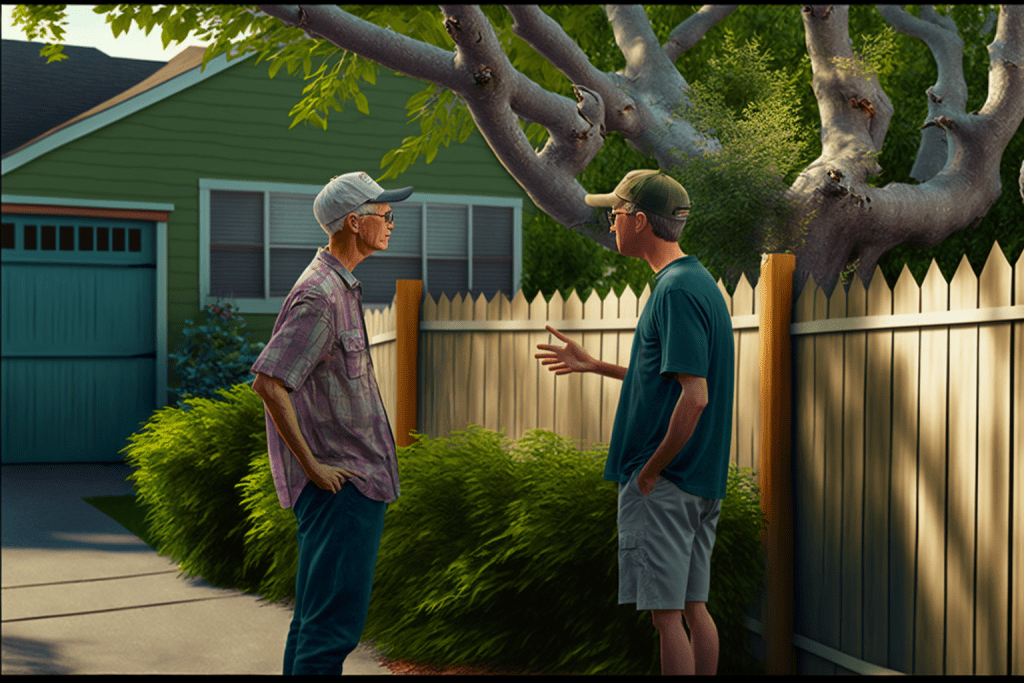
Removing Leaves and Branches from Your Property
If you’ve decided to remove your neighbor’s leaves and branches from your property, there are a few steps you should take.
First, before you throw neighbors tree limbs back in their yard, make sure that you are not causing any damage to your neighbor’s property in the process. If you’re unsure how to remove the branches and leaves safely, consider hiring a professional tree service to handle the task for you.
What to Do if Your Neighbor Refuses to Take Action
In some cases, your neighbor may refuse to take action to prevent their tree branches and leaves from falling into your yard. If this is the case, you may need to consider taking legal action. Depending on the circumstances, you may be able to take your neighbor to small claims court or seek mediation services. In either case, it’s important to have a clear understanding of the laws and regulations that apply to your situation.
Who owns the tree?
The first thing to consider is who owns the neighbor tree. If the tree is on your neighbor’s property and was planted by them, then they are the owner of the tree.
If the tree is on your property, but its roots are on your neighbor’s property, it is considered a boundary tree and ownership may be shared. In either case, the owner of the tree has the right to remove any branches that have fallen back onto their property.
How can I prevent tree branches from falling into my yard?
There are a few steps you can take to help prevent tree branches from falling into your yard:
- Trim branches that are overhanging your property. This can help reduce the risk of branches falling into your yard.
- Plant trees that are appropriate for your climate and location. Trees that are well-suited to your area are less likely to suffer from pests and diseases that can weaken branches and make them prone to falling.
- Maintain your own trees. Properly caring for your own trees can help prevent branches from falling into your neighbor’s yard and causing problems.
